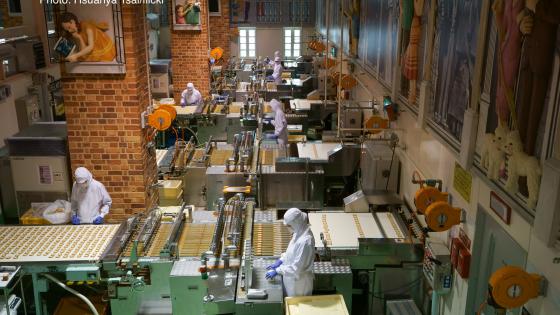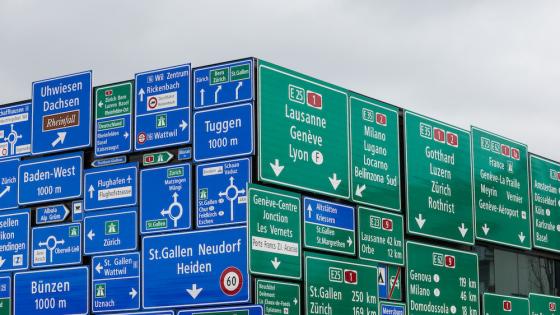DP2385 Outsiders In Economic Integration: The Case of a Transition Economy
We use a spatial model of endogenous growth to investigate the likely impact of discriminatory integration among two advanced insider countries on their own welfare as well as on the welfare of an outsider transition economy. A first point is that, since convergence in per capita income levels depends on relative market access and local market size, piece-wise integration causes insider-outsider divergence. Nonetheless, outsiders can gain in absolute terms if integration fosters the global growth rate. We also show that exclusion from a regional agreement and ongoing transition have unpredictable joint effects on the structural adjustment, which might even exhibit a swinging behaviour. Such swings may imply large adjustment costs, which can be reduced by careful integration design. In this respect, the asymmetric phasing-out of trade barriers built into the Europe Agreements seems to work in the right direction.


